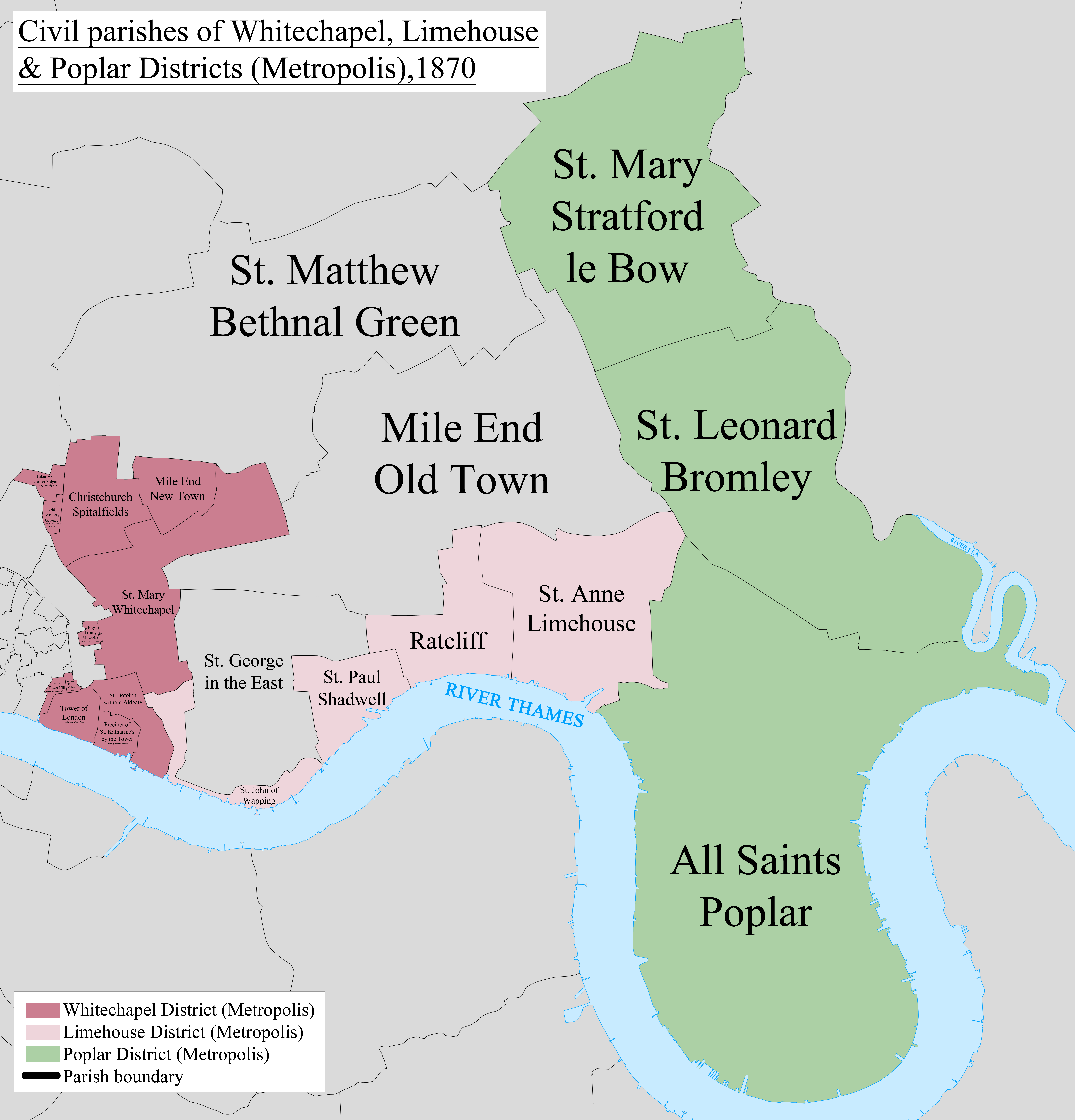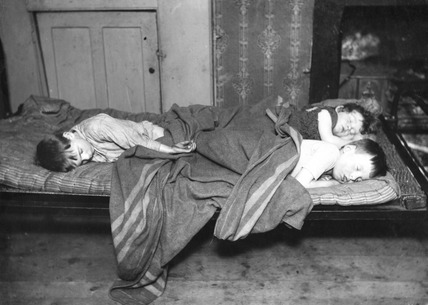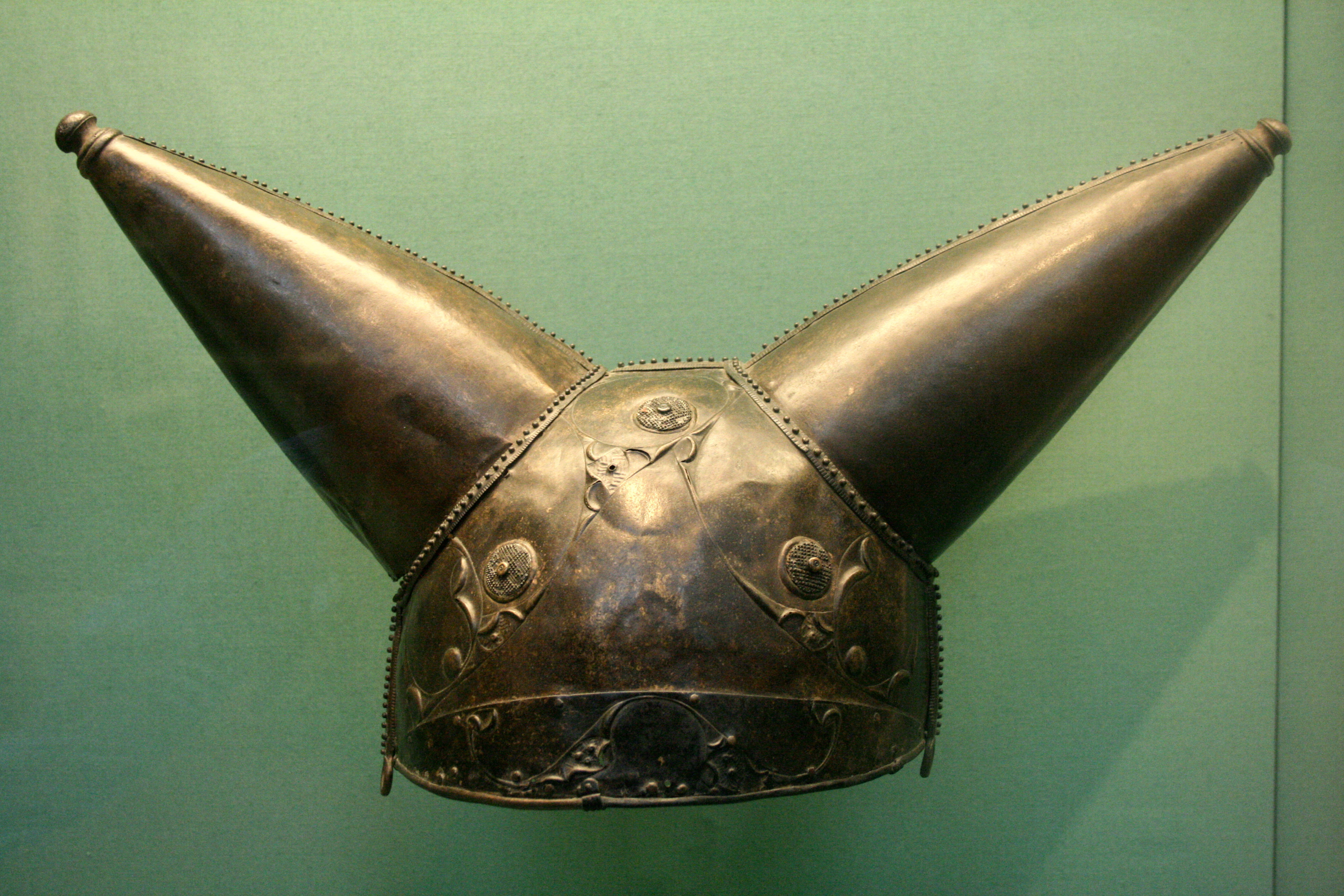|
Tower Hamlets (UK Parliament Constituency)
Tower Hamlets was a parliamentary borough (United Kingdom constituencies, constituency) in Middlesex, England from 1832 to 1885. It elected two Member of Parliament (United Kingdom), Members of Parliament (MPs) to the House of Commons of the United Kingdom, House of Commons of the Parliament of the United Kingdom. It was one of the first five of its type in the Metropolitan Board of Works, metropolitan area of London. It was enfranchised by the Representation of the People Act 1832, Reform Act 1832. In its early years the borough was coterminous with the ancient Tower division, Tower Hamlets, an area which covered the area of the modern London Borough of Tower Hamlets as well as Shoreditch and Hackney, London, Hackney (the parish rather than the larger modern borough), thus extending from the edge of the City of London to the River Lea, Lea. In 1868, the borough was split in two, with the southern part retaining the name. Boundaries Boundaries 1832–1868 The boundaries of the p ... [...More Info...] [...Related Items...] OR: [Wikipedia] [Google] [Baidu] |
Middlesex (UK Parliament Constituency)
Middlesex was a United Kingdom constituencies, constituency of the House of Commons of England, House of Commons of the Parliament of England, then of the Parliament of Great Britain from 1707 to 1800, then of the Parliament of the United Kingdom from 1801 until abolished in 1885. It returned two members per election by various voting systems including hustings. Boundaries and boundary changes This county constituency until 1832 covered all the Historic counties of England, historic county of Middlesex, in south-eastern England, comprising Borough of Spelthorne, Spelthorne, Poyle, South Mimms and Potters Bar in other modern counties, together with the north, west, and north-west sectors of the present-day Greater London. Apart from the ability of some voters to participate in the borough franchises of the cities of London and Westminster (after dates of their inception, see top right or below), it gave rise to three more urban offshoot divisions in 1832, one of which was spl ... [...More Info...] [...Related Items...] OR: [Wikipedia] [Google] [Baidu] |
Hackney (parish)
Hackney was a parish in the historic county of Middlesex. The parish church of St John-at-Hackney was built in 1792, replacing the nearby former 16th-century parish church dedicated to St Augustine (pulled down in 1798). The original tower of that church was retained to hold the bells until the new church could be strengthened; the bells were finally removed to the new St John's in 1854. See details of other, more modern, churches within the original parish boundaries below. Ancient parish The vestry of the parish, in common with all parishes in England, was entrusted with various administrative functions from the 17th century. The parish vestry administered the Poor Law until 1837, until it became part of the Poor Law Union of Hackney. The ecclesiastical and civil roles of the parish increasingly diverged, and by the early nineteenth century they covered different areas. Civil parish A distinct civil parish dates from 1855, with the incorporation of ''The Vestry of the Par ... [...More Info...] [...Related Items...] OR: [Wikipedia] [Google] [Baidu] |
Bromley By Bow
Bromley, commonly known as Bromley-by- Bow, is a district in the London Borough of Tower Hamlets in East London, located on the western banks of the River Lea, in the Lower Lea Valley in East London. It is an inner-city suburb located 4.7 miles (7.5 km) east of Charing Cross. The area is distinct from Bow, which lies immediately north of the formal boundary between the two, which runs along Bow Road, or near the Lea, slightly to the south of the Road. The area has historically been known as both Bromley and Bromley-by-Bow. In 1967, the latter name was chosen as the new name for Bromley tube station, a change designed to prevent confusion with Bromley railway station in the London Borough of Bromley. The formal boundaries of the area were set when the area became a parish in 1537 when it split from Stepney. The boundaries of the new parish were based on those of much older pre-existing estates. Bromley has a rich history, but many of its most historic buildings have been l ... [...More Info...] [...Related Items...] OR: [Wikipedia] [Google] [Baidu] |
Bow, London
Bow () is a district in East London, England and is in the London Borough of Tower Hamlets. It is an inner-city suburb located east of Charing Cross. Historic counties of England, Historically in Middlesex, it became part of the County of London in Local Government Act 1888, 1888. "Bow" is an abbreviation of the medieval name Stratford-at-Bow, in which "Bow" refers to the Bow Bridge (London), bow-shaped bridge built here in the early 12th century. Bow contains parts of both Victoria Park, Tower Hamlets, Victoria Park and the Queen Elizabeth Olympic Park. Old Ford and Fish Island, London, Fish Island are localities within Bow, but Bromley-by-Bow immediately to the south is a separate district. These distinctions have their roots in historic parish boundaries. Bow underwent extensive urban regeneration including the replacement or improvement of council homes, with the impetus given by the staging of the 2012 Olympic Games at nearby Stratford. History Bow formed a part of th ... [...More Info...] [...Related Items...] OR: [Wikipedia] [Google] [Baidu] |
Bethnal Green
Bethnal Green is an area in London, England, and is located in the London Borough of Tower Hamlets. It is in east London and part of the East End of London, East End. The area emerged from the small settlement which developed around the common land, Green, much of which survives today as Bethnal Green Gardens, beside Cambridge Heath Road. By the 16th century the term applied to a wider rural area, the ''Hamlet of Bethnal Green'', which subsequently became a Parish, then a Metropolitan Borough of Bethnal Green, Metropolitan Borough before merging with neighbouring areas to become the north-western part of the new Tower Hamlets. Economic focus shifted from mainstream farming produce for the City of London – through highly perishable goods production (market gardening), weaving, dock and building work and light industry – to a high proportion of commuters to city businesses, public sector/care sector roles, construction, courier businesses and home-working digital and cre ... [...More Info...] [...Related Items...] OR: [Wikipedia] [Google] [Baidu] |
Royal Historical Society
The Royal Historical Society (RHS), founded in 1868, is a learned society of the United Kingdom which advances scholarly studies of history. Origins The society was founded and received its royal charter in 1868. Until 1872 it was known as the Historical Society. In 1897, it merged with (or absorbed) the Camden Society, founded in 1838. In its origins, and for many years afterwards, the society was effectively a gentlemen's club. However, in the middle and later twentieth century the RHS took on a more active role in representing the discipline and profession of history. Current activities The society exists to promote historical research in the United Kingdom and worldwide, representing historians of all kinds. Its activities primarily concern advocacy and policy research, training, publishing, grants and research support, especially for early career historians, and awards and professional recognition. It provides a varied programme of lectures and one-day and two-day confere ... [...More Info...] [...Related Items...] OR: [Wikipedia] [Google] [Baidu] |
Civil Parish
In England, a civil parish is a type of administrative parish used for local government. It is a territorial designation which is the lowest tier of local government. Civil parishes can trace their origin to the ancient system of parishes, which for centuries were the principal unit of secular and religious administration in most of England and Wales. Civil and religious parishes were formally split into two types in the 19th century and are now entirely separate. Civil parishes in their modern form came into being through the Local Government Act 1894 ( 56 & 57 Vict. c. 73), which established elected parish councils to take on the secular functions of the parish vestry. A civil parish can range in size from a sparsely populated rural area with fewer than a hundred inhabitants, to a large town with a population in excess of 100,000. This scope is similar to that of municipalities in continental Europe, such as the communes of France. However, unlike their continental Euro ... [...More Info...] [...Related Items...] OR: [Wikipedia] [Google] [Baidu] |
Ossulstone (hundred)
Ossulstone is an obsolete subdivision (hundred) covering 26.4% of – and the most metropolitan part – of the historic county of Middlesex, England.British History Online �Hundreds of Middlesex/ref> It surrounded but did not include the City of London and the area has been entirely absorbed by the growth of London. It now corresponds to the seven London Boroughs of Inner London north of the Thames and, from Outer London, in decreasing order, certain historic parishes of the London boroughs of Ealing, Brent, Barnet, and Haringey. Toponomy Ossulstone was named after "Oswald's Stone" or "Oswulf's Stone", an unmarked minor pre-Roman monolith which stood at Tyburn, London (the modern-day junction of the Edgware Road with Bayswater Road). Oswald's Stone was earthed over in 1819, but dug up in 3-years later in 1822 because of its presumed historical significance. Later in the 19th century it was to be found leaning against Marble Arch. In 1869, shortly after an archaeo ... [...More Info...] [...Related Items...] OR: [Wikipedia] [Google] [Baidu] |
Liberties Of The Tower Of London
The Liberties of the Tower, or the Tower Liberty, was a liberty in the London Borough of Tower Hamlets, Central London, which includes both Tower Hill and the Tower of London. The area was defined sometime after 1200 to provide an open area around the Tower to ensure its defensibility. The liberty was an independent administrative unit from then until it was formally abolished on 25 June 1894. The district maintains a ceremonial existence, with its custom of beating the bounds being a particularly well known example of the tradition. History The liberty was founded sometime after 1200, from land that had previously part of the City of London. Components and purpose The area originally comprised three small liberties: * Tower Within; The Tower, its moat and a small area of Tower Hill outside the city wall. * Old Tower Without; on Tower Hill, outside the Tower and mostly within the city wall. * Great Tower Hill; on Tower Hill, outside the Tower and inside the city wall. In ever ... [...More Info...] [...Related Items...] OR: [Wikipedia] [Google] [Baidu] |
River Lea
The River Lea ( ) is in the East of England and Greater London. It originates in Bedfordshire, in the Chiltern Hills, and flows southeast through Hertfordshire, along the Essex border and into Greater London, to meet the River Thames at Bow Creek (England), Bow Creek. It is one of the largest rivers in London and the easternmost major tributary of the Thames. The river's significance as a major east–west barrier and boundary has tended to obscure its importance as north–south trade route. Below Hertford the river has since medieval times had alterations made to make it more navigable for boats between the Thames and eastern Hertfordshire and Essex, known as the Lee Navigation. This stimulated much industry along its banks. The navigable River Stort, the main tributary, joins it at Hoddesdon. While the lower Lea remains somewhat polluted, its upper stretch and tributaries, classified as chalk streams, are a major source of drinking water for London. An artificial waterway k ... [...More Info...] [...Related Items...] OR: [Wikipedia] [Google] [Baidu] |
City Of London
The City of London, also known as ''the City'', is a Ceremonial counties of England, ceremonial county and Districts of England, local government district with City status in the United Kingdom, city status in England. It is the Old town, historic centre of London, though it forms only a small part of the larger Greater London metropolis. The City of London had a population of 8,583 at the 2021 United Kingdom census, 2021 census, however over 500,000 people were employed in the area as of 2019. It has an area of , the source of the nickname ''the Square Mile''. The City is a unique local authority area governed by the City of London Corporation, which is led by the Lord Mayor of London, Lord Mayor of the City of London. Together with Canary Wharf and the West End of London, West End, the City of London forms the primary central business district of London, which is one of the leading financial centres of the world. The Bank of England and the London Stock Exchange are both ba ... [...More Info...] [...Related Items...] OR: [Wikipedia] [Google] [Baidu] |







